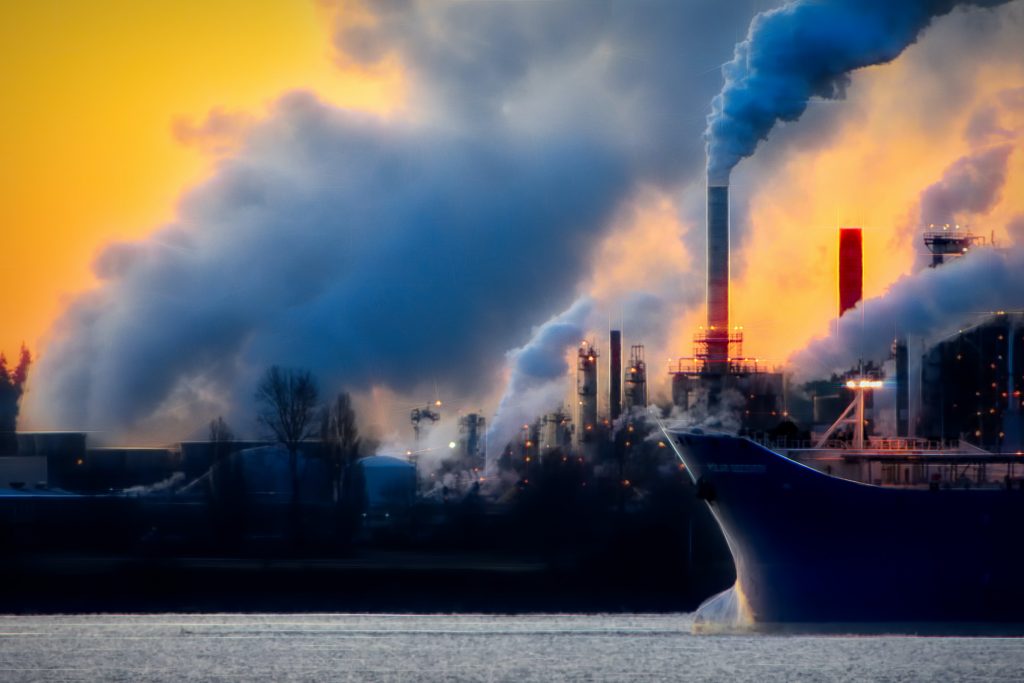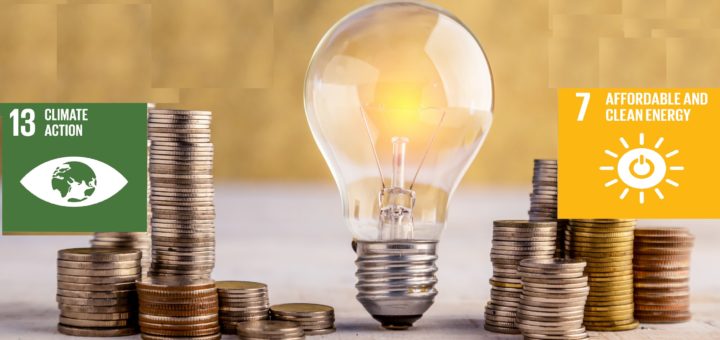Studies indicate the actual cost of global warming will be highest for the three top emitting countries: China, India and US and with the most to lose from climate change. The cost is higher than first assumed. Many countries have not yet recognised the risk posed by climate change. This study aims at filling this gap and shows mapping of domestic impacts of climate change can help better understand the determinants of international cooperation.
Jessica Callen
CO2 emissions from non-electricity energy uses, e.g., industry, transport, and heating, are the greatest impediment to meeting Paris Agreement ambitions. For 1.5°C temperature increase limit; negative emissions technologies will become a necessity and implies a remaining carbon budget of just 200 billion tons of CO2 until 2100. Compared to the 4,000 billion tons of CO2 that would be emitted until 2100 if current trends continue. Future CO2 emissions must be kept within a finite budget.
Low carbon investments need to increase if the world is to achieve the Paris Agreement aim of keeping global warming below 2°C. A fundamental transformation of the global energy system can be achieved with a comparatively modest increase in overall investments. Shift of investments away from fossil fuels and toward renewables/energy efficiency is needed. Current incentives like the NDCs will not provide sufficient impetus for the “pronounced change” that are needed for the energy system.



